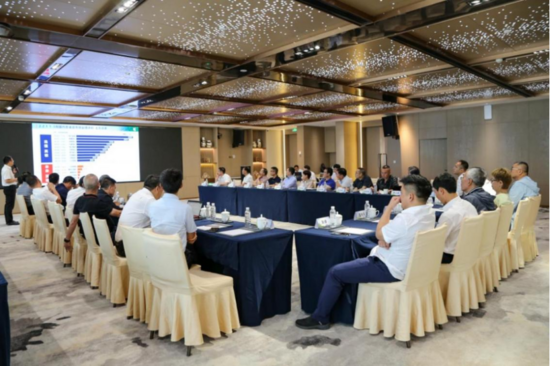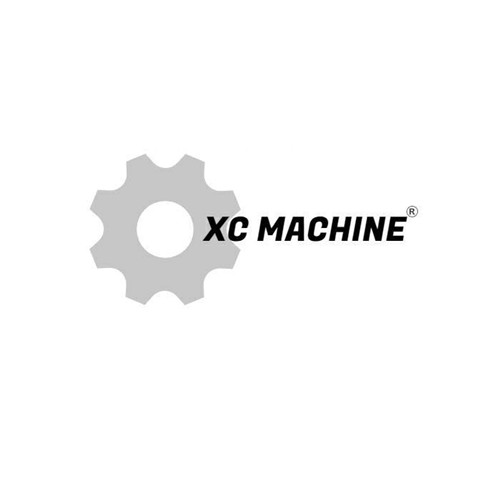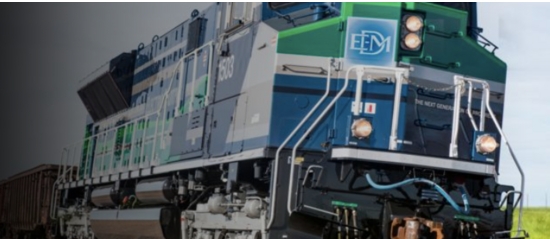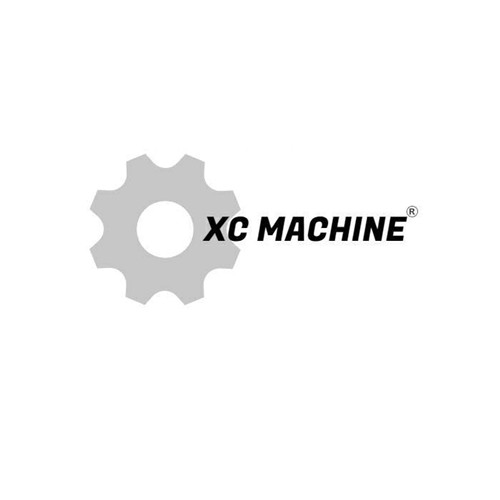Total output exceeds 210,000. What are the features of the Caterpillar high-drive bulldozers?
Recently, Caterpillar's production of medium-sized high-horsepower bulldozers reached 175,000 units. To celebrate this new milestone, Caterpillar designed special commemorative paint schemes for three of the latest produced bulldozers. However, due to restrictions during the special period, Caterpillar did not hold a celebration event. Two D6XEs were painted in dark gray and black, one D6 was painted in the classic Caterpillar yellow with black tracks. Three old customers from the North American region were fortunate enough to own these special machines.
It is well known that Carter's high-drive bulldozer was a huge innovation when it was launched, and its widespread application over the years has made it a legend. When the high-drive technology amazed the world in 1978, it was specifically designed for high productivity, that is, large bulldozers. After the success of the D10, Carter launched the D8L and D9L, making all large bulldozers achieve high-drive technology.
As Carter began to experience the benefits of high-power, in 1985, he upgraded the medium-sized bulldozers to high-power models, namely D4H, D5H, D6H and D7H. In 1987, when the large-sized bulldozers were upgraded, he forcibly introduced a new model, D8N, upgrading D8L to D9N, D9L to D10N, and D10 to D11N. Since then, the large-sized bulldozers have been uniformly upgraded to the R and T series as well as the new generation.
For medium-sized bulldozers, the upgrades become a bit more chaotic. They are not carried out in a uniform and orderly manner, and the technical routes have also changed. There are no longer only hydraulic mechanical transmission methods. Some models have adopted hydraulic static transmission, and others have adopted electric transmission. Therefore, some models have returned to the traditional non-high drive method.
Since 2018, as Carter upgraded the entire product line to the new generation, Carter has again adjusted the bulldozer models, reclassifying the existing models as D1 to D11. This adjustment is more significant than the one in 1987, but the large-sized bulldozers were not affected. After the adjustment, the high-powered models range from D5 to D11. To help everyone understand which models are high-powered, the following table has been compiled.
In October 2018, Carter celebrated the production of the 40,000th large bulldozer. That means over 40 years, 40,000 units were produced, with an average of 1,000 units per year. Adding the 175,000 medium-high-powered bulldozers currently in production, over 35 years, 175,000 units were produced, with an average of 5,000 units per year. In total, there are 215,000 units. Adding the production of large bulldozers from October 2018 to the present, it is estimated to be around 2,000 units. Therefore, the total production of high-powered bulldozers should be around 217,000 units.
The high drive technology has been verified for its value over the past 40 years. Not only will Caterpillar continue to use it, but other brands have also adopted it, such as China's Xuan Gong and Liebherr. The Caterpillar high drive bulldozers are also well-known in China. During the large-scale river diversion project of the Three Gorges Dam, it was broadcast on TV, and many people witnessed this machine. Moreover, they can also be seen in large-scale mines and water conservancy projects.
Perhaps someone might ask, why did Carter choose to commemorate 175,000 instead of 200,000? In fact, this is how businesses usually operate. 175,000 is just a pretext. The key is to attract users' attention, promote the products, and boost their visibility. Especially in this special year when everyone is having a hard time.





